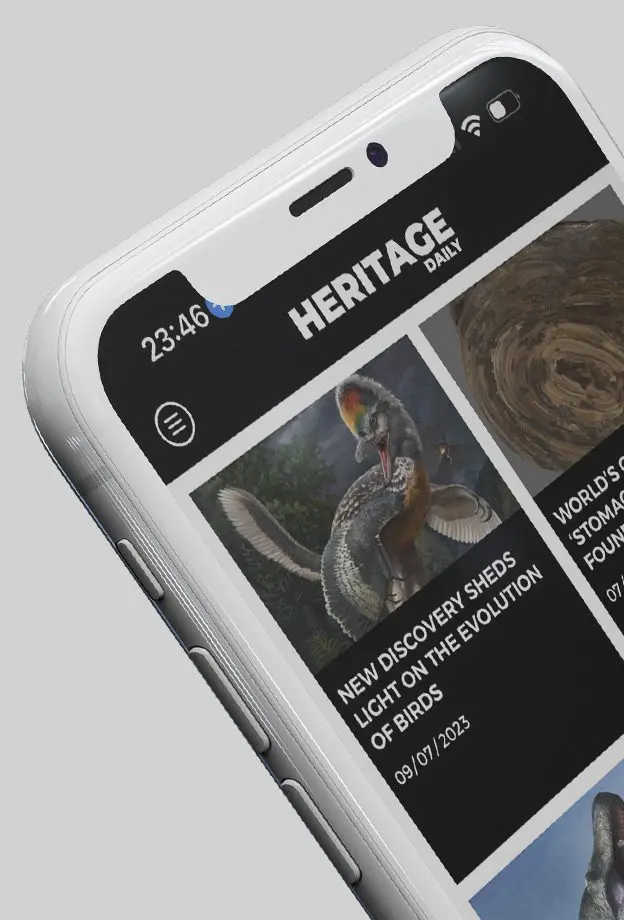Our Company
HeritageDaily LTD - Suite/Unit 40 17 Holywell Hill, St Albans, Herts, United Kingdom, AL1 1DT
Latest News
LiDAR survey leads to unexpected castle discovery
A previously unknown medieval castle has been discovered in the canton of Thurgau, Switzerland, following a study of high-resolution LiDAR maps.
Byzantine-Era mosaic discovered in Midyat
Renovation work on a historic mill has uncovered a 1,500-year-old mosaic from the Byzantine era.
Sacrificial complex uncovered in Orenburg
Archaeologists from the Ural Archaeological Expedition have uncovered a sacrificial complex during excavations at the Vysokaya Mogila–Studenikin Mar necropolis, located in Russia’s Orenburg Region.
Elite warrior burials found near Akasztó
Archaeologists have unearthed burials from the Hungarian Conquest on the outskirts of Akasztó, located in the Bács-Kiskun county, Hungary.
10,000-year-old human face reliefs found at Sefertepe
Achaeologists in southeastern Türkiye have uncovered two human face reliefs believed to be more than 10,000 years old, offering rare new insights into artistic expression during the Neolithic period.
Popular News
The mystery of Tutankhamun’s meteoric iron dagger
In 1922, Egyptian excavators led by Howard Carter discovered the tomb of Tutankhamun, an Egyptian pharaoh who was the last of his royal family to rule during the end of the 18th Dynasty.
Legio V Macedonica – The Last Roman Legion
Throughout the history of the Roman Empire, countless legions were raised and disbanded, but one legion endured the entirety, remaining in service to the Roman Empire and the Byzantine Empire, and marching on into the Middle Ages - The Legio V Macedonica.
Atlantis – The story behind the legend
Atlantis has become a taboo subject in many scholarly circles, often branded in pseudo-science and invented interpretations from Plato’s dialogues.
The Immortal Armour of China’s Jade Burial Suits
The Jade burial suits are hand-crafted jade suits from the Han Dynasty of China, used for the ceremonial burials of China’s elite and members of the ruling class.
The Pleasure Villa of Emperor Tiberius
The Villa of Tiberius is a Roman villa complex in the present-day town of Sperlonga, located on the western coast of Italy in the province of Latina.
© 2024 - HERITAGEDAILY LTD

